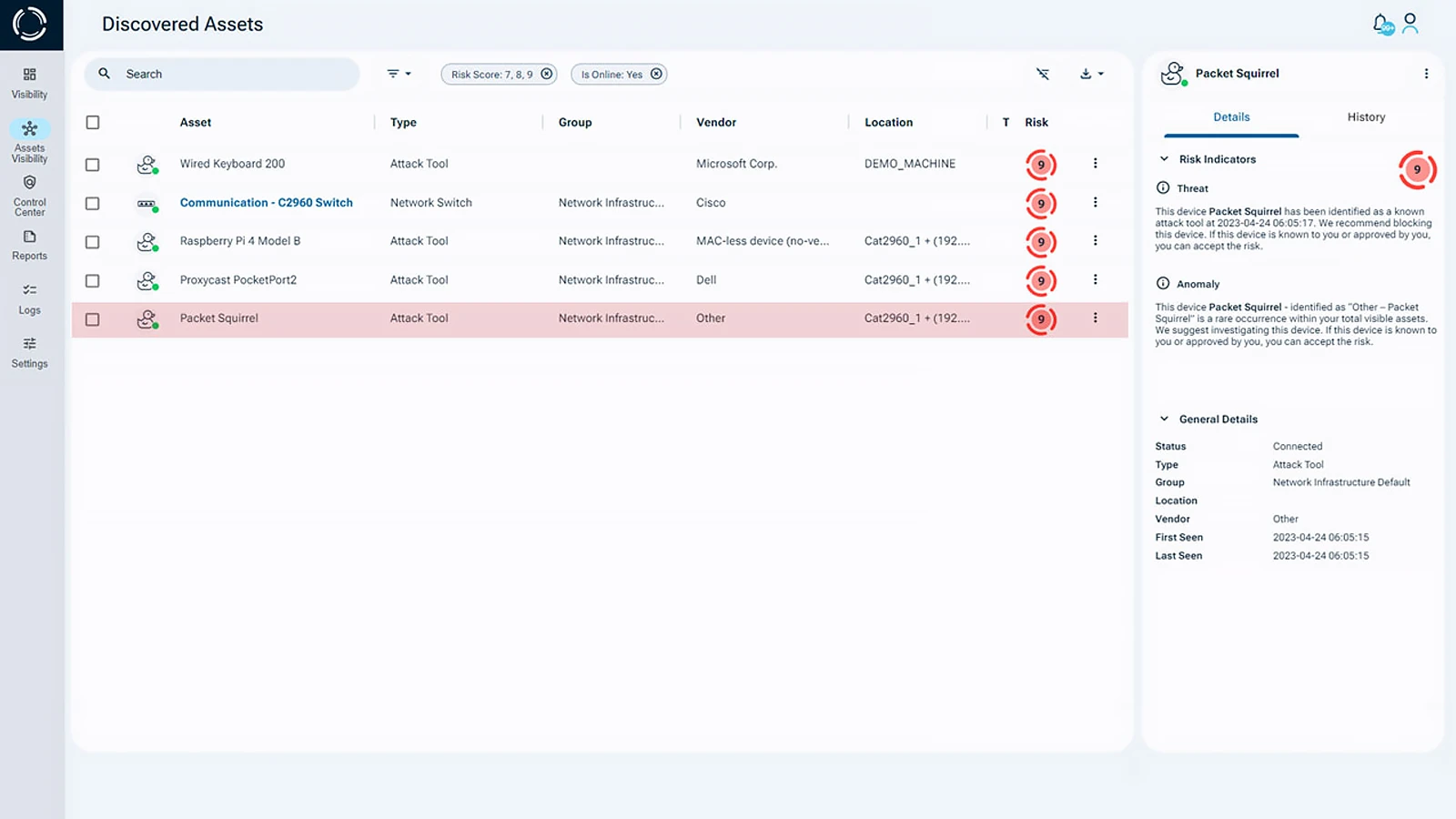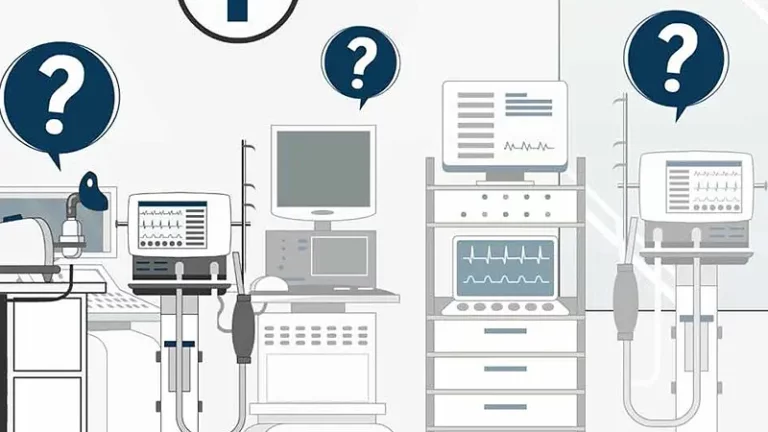What is the Physical Layer in OSI Model?
The Physical Layer, also known as Layer 1 of the OSI Model, establishes the electrical and physical specifications for device connections. This layer defines how devices, such as computers, interface with the transmission medium, including copper and fiber-optic cables. It also determines encoding techniques, specifying how binary data (0s and 1s) is represented within a signal. Additionally, the Physical Layer encompasses pin configurations, voltage levels, cable standards, and hardware components such as hubs, repeaters, and network adapters.
The Open Systems Interconnection (OSI) model consists of seven layers, each serving a specific function. From the bottom up, it starts with the Physical Layer, which transmits raw bitstreams over a physical medium, and ends with the Application Layer, where software applications access network services. These seven layers define how data is sent and received, ensuring seamless interoperability between different hardware and software systems.
Below is an overview of the seven OSI layers and their functions:

The Physical Layer in OSI model and the Data Link Layer form a foundational pair in network communication. The Physical Layer establishes the physical connection and transmits raw bits over the medium, while the Data Link Layer ensures reliable node-to-node communication within a network. Together, these layers provide the essential framework for data transmission and network functionality.
What is the Purpose of the Physical Layer?
What is the purpose of the OSI Physical Layer? The Physical Layer in OSI Model (Layer 1) performs several critical functions to ensure reliable data transmission. These include:
- Establishment and Termination of Connection: Layer 1 is responsible for establishing and terminating the physical connection between devices and the communication medium.
- Participation in Resource Sharing: The Layer 1 participates in managing how communication resources are shared among multiple users.
- Modulation: A key function of Layer 1, modulation converts digital data from user equipment into signals suitable for transmission over the communication channel. Since digital data consists of binary values (0s and 1s), this conversion allows the data to be transmitted using different physical properties, such as voltage levels, light pulses, or radio waves.
For organizations focusing on network security, it’s essential to understand what is the purpose of the OSI physical layer? Without robust Layer 1 security, enterprises risk cyber threats that exploit vulnerabilities in physical network infrastructure.
What Are the Key Features of the Physical Layer in the OSI Model?
The Physical Layer in the OSI Model (Layer 1) defines how data is physically transmitted across a network. Its key features include:
- Physical Connection: The Layer 1 deals with the actual physical components used to transmit data, such as cables, connectors, and signaling mechanisms. These components are used for transmitting raw data between devices, for example, copper wires, fiber-optic cables, and wireless radio waves.
- Data Rate: This determines the speed of data transmission over the network. It sets the data rate and manages the timing and synchronization of bits.
- Bit Synchronization: ensures that the sender and receiver synchronize regarding the start and end times of each bit. This synchronization is vital for accurate data transmission.
- Transmission Mode: It specifies whether communication is simplex (one-way), half-duplex (both directions but not simultaneously), or full-duplex (both directions simultaneously).
- Representation of Bits: The Layer 1 defines how data bits are represented as signals on the medium. For example, in copper wires, 0s and 1s might be represented by different voltage levels. In fiber optics, they might be represented by light pulses.
- Error Detection and Correction: Some error detection and correction mechanisms may be implemented at the Physical Layer. These mechanisms help ensure the integrity of the transmitted data.
- Network Topology: The Physical Layer is also responsible for defining the network’s topology. This refers to the way in which devices are connected to one another. Common topologies include bus, star, ring, and mesh configurations.
These features form the foundation of a network’s physical communication infrastructure, ensuring reliable, efficient, and accurate data transmission across various types of media.
Physical Layer and Hardware CyberSecurity
Traditional cybersecurity solutions often overlook the Physical Layer in OSI Model, leaving enterprises vulnerable due to a lack of effective data verification mechanisms at this critical level. This gap in protection hinders the detection of network implants and rogue devices. It also misidentifies spoofed peripherals, such as compromised Layer 1 devices, as legitimate Human Interface Devices.
Without visibility into Physical Layer data, organizations are at greater risk of rogue devices infiltrating their networks and executing malicious hardware-based cyberattacks. As the foundation of the OSI model, Layer 1 security is essential for detecting and mitigating threats at their earliest stages, ensuring a stronger cybersecurity posture against hardware-based vulnerabilities.
Sepio’s Patented Technology for Physical Layer Security
Sepio delivers cutting-edge, patented technology to verify Physical Layer data and enhance network cybersecurity. With advanced visibility and control, Sepio mitigates risks and detects threats at the Physical Layer in OSI Model, ensuring robust protection against hardware-based attacks.
Sepio’s Asset DNA technology, focuses on device presence rather than behavior. This enables the discovery and identification of all devices, whether managed, unmanaged, or concealed. By leveraging machine learning algorithms, Sepio analyzes the true data source of each asset, prioritizes them based on risk levels, and enforces precise hardware access controls. The platform automatically blocks devices identified as attack tools or those violating predefined policies, strengthening network security through proactive and efficient measures.
Sepio’s Asset Risk Management Platform
Sepio’s platform provides unmatched visibility into the Physical Layer in OSI Model, protecting against network implants, rogue devices, and other Layer 1 threats.
What sets Sepio apart is its non-intrusive approach. During deployment, Sepio refrains from probing network traffic or utilizing discovery protocols. Ensuring that it does not monitor any proprietary data. This approach allows for easy and efficient network implementation. Additionally, Sepio significantly reduces the threat of employee negligence, elevating your overall cybersecurity posture.

Let us help you optimize your security efforts and minimize costs associated with potential security breaches. Allowing your employees to remain your greatest asset. Trust Sepio for unparalleled network protection at the physical layer.
Prioritize and Mitigate Risks Effectively
Take control of your cybersecurity today. Sepio’s patented technology provides unparalleled visibility into the Physical Layer in OSI Model, helping you identify and mitigate asset risks before they escalate. Our experts will guide you in deploying seamless, non-intrusive protection for your network.
Alternatively, visit Sepio Academy to better understand how Sepio’s technology enhances cybersecurity across industries. Dive deeper into the capabilities that can transform your security strategy.
Don’t wait until a breach happens. Take proactive measures to protect your network now. Start with Sepio and secure your organization against threats at the physical layer.






